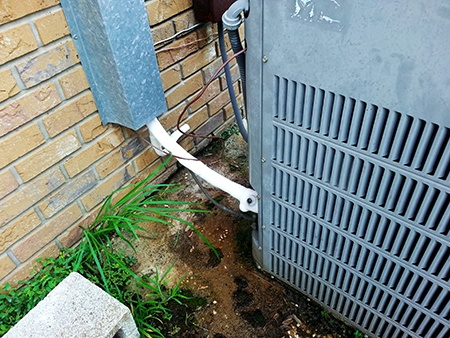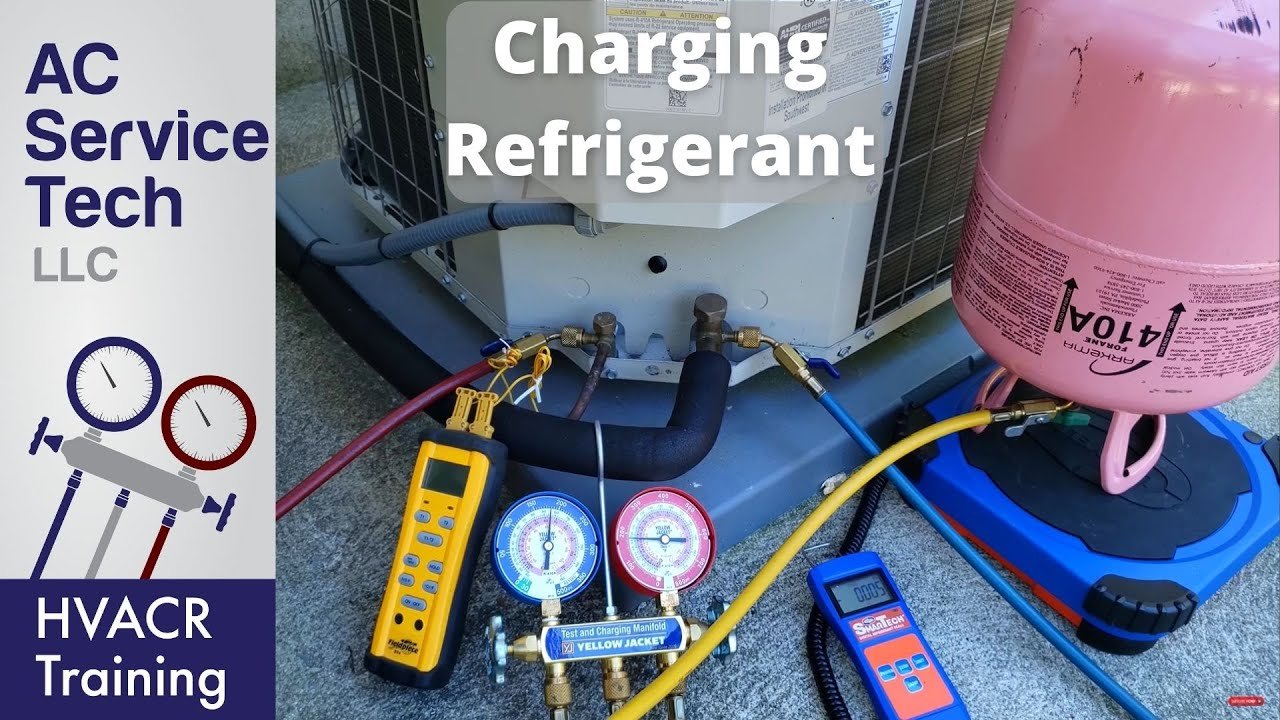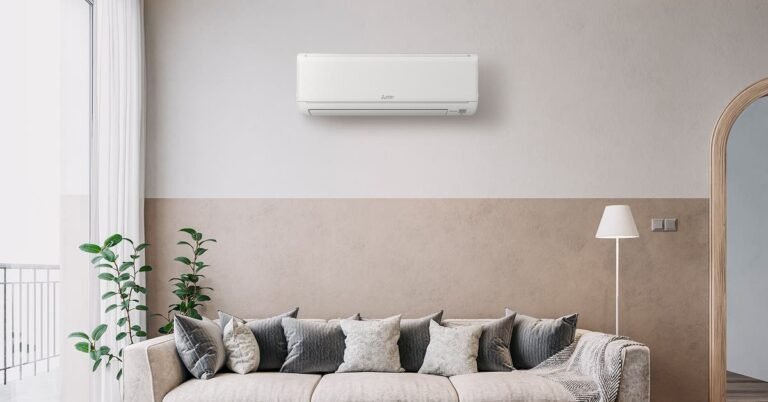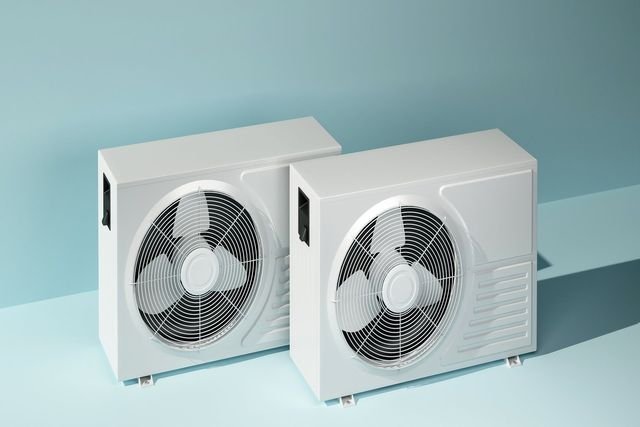How to Fix Low Refrigerant in AC Unit: Tips and Tricks
To fix low refrigerant in an AC unit, turn off the power and allow the unit to completely thaw. Check the condensate drain and ensure there are no blockages.
Next, connect a refrigerant tank and purge the hoses. Add refrigerant to the unit and check for leaks. Finally, discharge the system and use a bubble level app to ensure the unit is properly charged. These steps will help restore the refrigerant levels in the AC unit and prevent compressor damage and inefficiencies.
Signs Of Low Refrigerant In Ac Unit
Low refrigerant in an AC unit can lead to various problems and inefficiencies. One common sign of low refrigerant is the freezing of the evaporator coil. When there isn’t enough refrigerant in the unit, the evaporator coil becomes much colder than it should be, causing the moisture on its line to freeze up. This ice buildup can restrict airflow and reduce the cooling capacity of the unit.
Another consequence of low refrigerant is compressor damage. The compressor is responsible for pumping refrigerant throughout the AC system, and when it doesn’t have enough refrigerant to work with, it can overheat and fail. This can lead to expensive repairs or the need for a complete replacement of the compressor.
In addition to these issues, low refrigerant can also cause inefficiencies in the air conditioning unit. With less refrigerant to transfer heat, the unit will have to work harder and longer to achieve the desired cooling temperature. This can result in increased energy consumption and higher utility bills.
Five Signs Your Ac Unit Is Low On Freon
| Evaporator coil freezing up: One of the signs that your AC unit is low on freon is when the evaporator coil starts to freeze up. When there isn’t enough refrigerant in the unit, the evaporator coil becomes much colder than it should be, causing the moisture on its line to freeze up. |
| Reduced cooling capacity: Another sign of low freon is when you notice that your AC unit is not cooling your space as efficiently as it used to. Low refrigerant levels can result in decreased cooling capacity. |
| Constantly running AC unit: If your AC unit seems to be running for longer periods without achieving the desired temperature, it might be due to low freon levels. In this case, the unit needs to work harder to cool the space, resulting in longer running times. |
| Increased energy bills: When your AC unit is low on freon, it needs to work harder to cool your space, leading to increased energy consumption. As a result, you may notice higher energy bills. |
| Hissing or bubbling noises: If you hear hissing or bubbling noises coming from your AC unit, it could be a sign of a freon leak, which is causing low refrigerant levels. It is important to address this issue promptly to prevent further damage. |
Diagnosing Low Refrigerant Level
Diy Ac Unit Refrigerant Recharge
Before starting any DIY refrigerant recharge, it is crucial to turn off the power to your AC unit. This ensures your safety and prevents any electrical accidents during the process.
Allow your AC unit to thaw completely before attempting to recharge the refrigerant. Thawing ensures that any ice or frost buildup is melted, allowing for a more accurate recharge.
While waiting for the AC unit to thaw, take the opportunity to clean the condensate drain. A clogged drain can hinder the proper functioning of the AC unit and lead to low refrigerant levels.
Make sure you have a refrigerant tank and hoses that are compatible with your AC unit. Check the manufacturer’s specifications to ensure a proper match.
Prior to connecting the hoses to the refrigerant tank and AC unit, it is essential to purge the hoses of any air. This prevents air from entering the system, which can affect the recharge process.
Once the hoses are properly connected, it’s time to add the refrigerant to the AC unit. Follow the manufacturer’s instructions and guidelines for the correct amount and procedure.
After adding the refrigerant, it’s important to check the system for any excess refrigerant. Discharge any excess refrigerant according to the manufacturer’s recommendations.
Recommended Products For Ac Unit Refrigerant Recharge
| Recommended Products for AC Unit Refrigerant Recharge: |
| EZ Chill Auto AC Recharge Kit |
| A/C Pro Professional Formula Recharge Kit |
| Arctic Freeze Ultra Synthetic Recharge Kit |
| AC Pro Car Air Conditioner Recharge Kit |
| Ez Chill Refrigerant Recharge Kit |
Cost Of Refilling Refrigerant In Ac Unit
| Factors affecting the cost |
|---|
| – Type of refrigerant: Different AC units may require different types of refrigerants, which can vary in cost. |
| – Amount of refrigerant needed: The larger the AC unit or the more refrigerant it requires, the higher the cost will be. |
| – Accessibility of the AC unit: If the AC unit is difficult to access, such as in a tight space or on the roof, it may require additional labor and increase the cost. |
| – Location: The cost of refrigerant refilling can vary depending on the location and availability of service providers. |
| – Professional assistance: Hiring a professional technician to refill the refrigerant ensures proper handling and prevents any potential damage to the AC unit. |
| Average cost range |
| The cost of refilling refrigerant in an AC unit can range from $150 to $500, depending on the factors mentioned above. |
| Importance of professional assistance |
| It is important to seek professional assistance when refilling the refrigerant in your AC unit. Professionals have the knowledge and experience to handle the refrigerant safely and accurately determine the amount needed. Attempting to do it yourself can lead to improper handling, potential damage to the AC unit, and even harm to your health and the environment. Hiring a professional ensures the job is done correctly and efficiently. |
Can I Refill Freon By Myself?
| Can I Refill Freon by Myself? |
| It is not recommended to refill Freon or refrigerant by yourself due to safety concerns. The U.S. Environmental Protection Agency (EPA) advises against DIY refrigerant replacements for both health and environmental reasons. Refrigerants can be harmful if not handled properly, and improper disposal can have negative impacts on the environment. It is best to leave this task to professionals who are trained and licensed to handle refrigerants safely. |
| Safety concerns |
| Refilling refrigerant yourself can pose safety risks. Refrigerants are pressurized substances that can cause injury if mishandled. Additionally, refrigerants such as Freon can release harmful gases when exposed to open air. It is important to prioritize safety and avoid potential hazards by seeking professional assistance. |
| Environmental regulations |
| The EPA regulates the handling and disposal of refrigerants to minimize their impact on the environment. Refrigerants contain ozone-depleting substances and greenhouse gases that can contribute to climate change. Professional HVAC technicians follow proper disposal procedures to ensure compliance with environmental regulations and prevent harm to the ecosystem. |
| Professional assistance recommendation |
| To ensure the safety of yourself and the environment, it is recommended to seek professional assistance for refilling refrigerant in your AC unit. Licensed HVAC technicians have the knowledge, experience, and equipment to handle refrigerants correctly, diagnose any underlying issues that may be causing low refrigerant levels, and ensure the proper functioning of your AC unit. |

Credit: www.adams-air.com
Frequently Asked Questions On How To Fix Low Refrigerant In Ac Unit
What Happens If My Ac Is Low On Refrigerant?
Low refrigerant in your AC can cause compressor damage and decrease efficiency. The evaporator coil gets too cold, causing moisture to freeze. Signs of low Freon include freezing up of the coil. It is best to have a professional technician recharge the refrigerant to proper levels for optimal performance.
How Much Does It Cost To Fix Low Refrigerant In Ac?
The cost to fix low refrigerant in AC varies, but it typically ranges from $150 to $450. This cost includes the technician’s fee for diagnosing the issue, locating and repairing the refrigerant leak, and refilling the system with the appropriate amount of refrigerant.
It’s important to address low refrigerant levels promptly to prevent further damage to the AC unit.
Can I Refill My Freon Myself?
Refilling Freon yourself is not recommended by the EPA for health and environmental reasons. Low refrigerant can damage the compressor and cause inefficiencies in your AC unit. It’s best to consult a professional for any repairs or recharging needed.
How Much Does It Cost To Add Refrigerant To Ac Unit?
The cost of adding refrigerant to an AC unit varies depending on factors such as the type of refrigerant needed and the service provider. It is best to consult with a professional technician to get an accurate cost estimate.
Conclusion
Low refrigerant in an AC unit can lead to various problems such as compressor damage and inefficient cooling. One of the signs of low refrigerant is the freezing up of the evaporator coil due to its excessive cooling. It is important to address low refrigerant levels promptly to ensure optimal performance of your AC unit.
While it may be tempting to refill the refrigerant yourself, it is recommended to seek professional help for safety and environmental reasons. Be aware that costs may vary depending on the extent of the issue.






